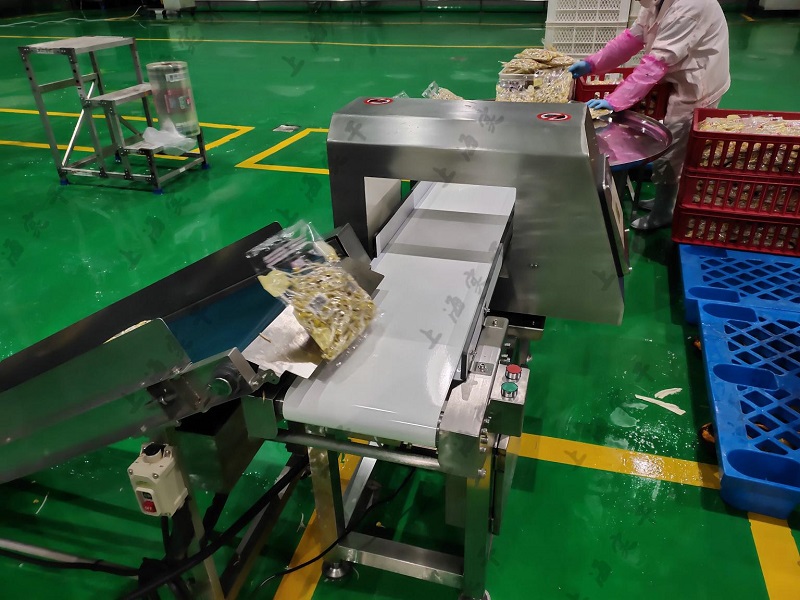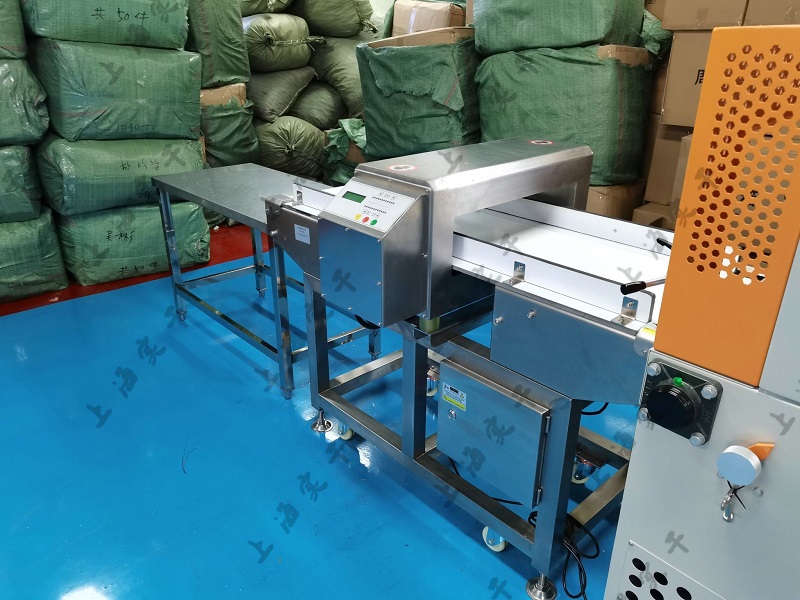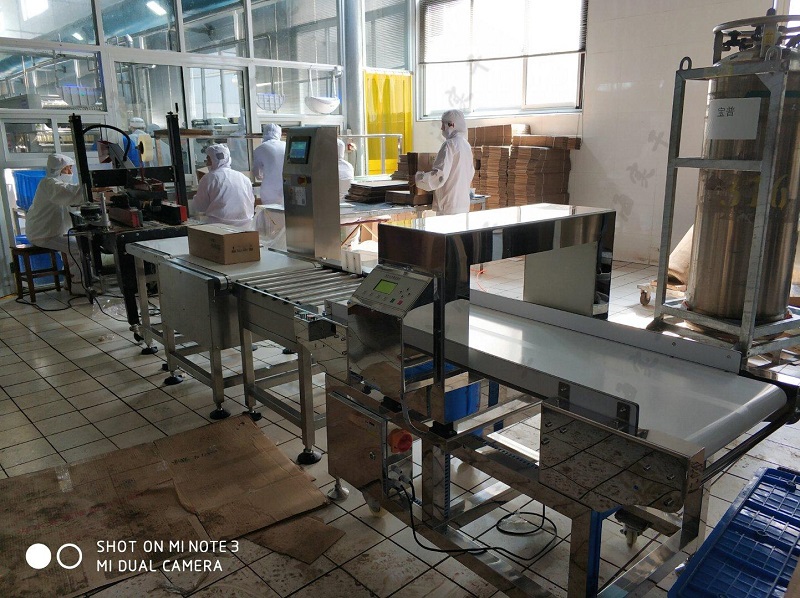Ensuring food safety is a critical aspect of the food industry, and innovative Metal Detectors play a key role in achieving this goal. Here are some features and technologies that represent innovations in metal detectors for food safety:

Multi-Frequency Technology:
Traditional metal detectors often operate at a single frequency. However, multi-frequency technology allows detectors to use multiple frequencies simultaneously. This innovation improves sensitivity across a broader range of metal types and sizes, enhancing the ability to detect even smaller metal contaminants.
Variable Frequency Technology:
Some advanced metal detectors use variable frequency technology, allowing operators to adjust the frequency based on the specific product being inspected. This adaptability is useful for different types of food with varying moisture content and conductivity.
Advanced Signal Processing:
Incorporating sophisticated signal processing algorithms helps in differentiating between metal contaminants and non-metallic signals, reducing false positives. This is crucial for maintaining efficiency in the production process.
Automatic Product Calibration:
Innovative metal detectors may feature automatic calibration capabilities, adjusting settings based on the product being inspected. This reduces the need for manual calibration and ensures optimal performance for diverse food products.
Reduced False Rejects:
False rejects can lead to increased waste and production inefficiencies. Advanced metal detectors aim to minimize false rejects by improving the accuracy of metal detection, distinguishing between real contaminants and benign product variations.
Data Analytics and Connectivity:
Metal detectors equipped with data analytics capabilities allow for the collection and analysis of detection data over time. This information can be used for predictive maintenance, quality control, and compliance reporting. Connectivity features enable integration with broader production and quality management systems.
Hygienic Design:
Innovations in metal detector design include features that facilitate easy cleaning and maintenance, meeting strict hygiene standards in the food industry. Smooth, non-absorbent surfaces and quick-release mechanisms contribute to efficient sanitation.
Combined Detection Technologies:
Some metal detectors combine different detection technologies, such as metal detection and X-ray inspection. This dual-detection approach enhances the overall effectiveness in identifying various contaminants, including metals, glass, and certain plastics.
Automatic Reject Systems:
Integration with automatic reject systems ensures quick removal of contaminated products from the production line, minimizing the risk of contaminated items reaching consumers.
Machine Learning and Artificial Intelligence:
Implementing machine learning and AI algorithms enables the metal detector to adapt and learn from different products and variations, enhancing its ability to detect contaminants accurately.
User-Friendly Interfaces:
Innovative metal detectors often feature user-friendly interfaces with touchscreens and intuitive controls, making it easier for operators to set up and monitor the system.

These innovations collectively contribute to more effective and efficient metal detection in the food industry, helping manufacturers maintain high standards of food safety and compliance with regulatory requirements.

Food Metal Detector
Pharmaceutical Metal Detector
Industrial Metal Detector
Vertical Metal Detector
Checkweigher and Metal Detector Combo
Convenient Checkweigher